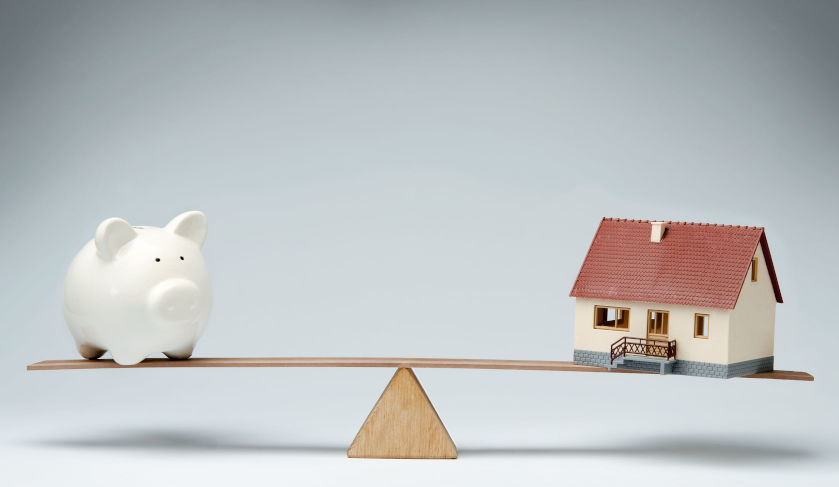A beginner’s guide to home loan repayments
Getting a home loan is one of the most important steps to take in property investment, but keeping up and getting ahead of the repayments takes a different brand of understanding of how finance works—how can you get rid of debt faster?

According to the Commonwealth Bank of Australia (CBA), aside from the type of home loan you choose, the calculation of your repayments can also be influenced by the following factors:
- Loan principal or the amount borrowed
- Any ongoing fees or charges
- Interest rate (fixed rate, variable rate, or split-interest rate)
- Loan term
Since some of these variables often change and there are other factors that may affect your ability to repay the loan, the repayment amount is also often recalculated by lenders.
You can also opt to change the amount by getting in touch with your lender.
According to CBA: “Depending on your home loan type, you may be able to change your loan repayment amount … [as long as] your new repayment amount allows you to repay the loan in the remaining loan term.”
Making repayments
The way you repay your loan will depend on the home loan repayment type that you choose to implement.
Both repayment types have unique advantages and disadvantages for the buyer, the Westpac Banking Corporation (WBC) said.
Principal and interest repayments let you pay for the amount borrowed and the amount of interest owed for up to 30 years, which means that you can also enjoy lower interest rates over time. Repayments can be made monthly, fortnightly, or weekly basis.
By the end of the loan term, you can immediately take ownership of the house.
On the other hand, interest-only repayments will let you pay off only the interest owing on the loan for a set term, which usually lasts for just up to 5 years. Interest rates are also higher and repayments can only be paid monthly.
While this option may provide tax benefits to investors, you may also have to deal with increasing repayments as you near the end of the term due to the shorter time frame.
Moreover, you may not be able to build equity as fast as you want to if you’re making interest-only repayments, according to WBC.
The Australian Securities and Investment Commission (ASIC) recommended finding a cheaper interest rate and making larger or more regular payments on your loan, if allowed, to be able to pay your home loan faster.
Managing debt
In order to avoid getting behind on your repayments, ASIC strongly encouraged setting a realistic budget before getting a home loan so you have a clear plan on how to allocate your finances.
“It's not about depriving yourself—it's about being in control,” ASIC said.
Moreover, having a set budget can help you determine whether you have enough savings left to make extra repayments on your mortgage, if your loan allows it, which can ultimately cut your loan term by years and save you money.
You can also set up an automatic payment from your bank account so you don’t miss making repayments.
Finally, don’t hesitate to get professional help if needed, like financial counselling and legal advice, which are available for free in community organisations, community legal centres, and other government agencies.
Check out Smart Property Investment’s loan repayments calculator for more information.
This information has been sourced from the Commonwealth Bank of Australia, Westpac Banking Corporation and the Australian Securities and Investment Commission.

